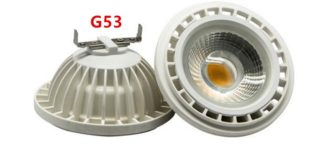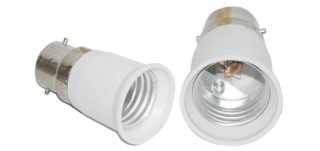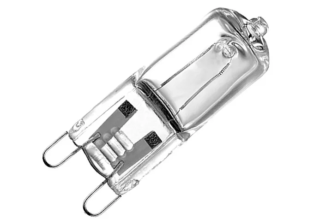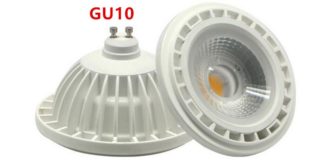The base of the light bulb is an integral part of it, thanks to which the connection of the lamp with the electric socket and the supply wires is ensured. There are several types of caps, all of them are classified into different categories and can only work in tandem with a suitable socket.
Types of lamp bases
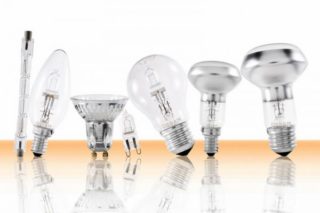
One of the criteria by which LED lamps are classified is the type of installed base. They can be conditionally divided into two large groups - contact and threaded. Within each group, there are a large number of subspecies. It is impractical to study the features of all. You should familiarize yourself with the design features of the most popular models:
- The E27 LED lamp is the most common type of base for all types of lamps, not only LED ones. 27 means the diameter of the cap in the threaded part, measured in millimeters. As a rule, with such a base, devices with a power of 60, 75, 100 and 150 watts are used, LEDs from 5 to 18 watts. The most common type of body is a hemisphere or spherical shape.
- E14 LED bulbs are the second most widespread variety. 14 mm - diameter of the base in the threaded part of the structure. Installed in less powerful lamps, the value ranges from 15 to 60 watts. They tend to be smaller and are often used in small decorative luminaires. Can be in the form of a candle, a ball or a dome.
B22 B22 is a pinned version of the base, its diameter is 22 mm. The body is equipped with pins for connection to the chuck. Widespread in high vibration environments such as industrial plants or vehicles.
- GU10 is a type of base equipped with a socket for the socket. In this case, the numbers speak not about the diameter of the base, but about the spacing between the centers of the pins. In this particular case, the base is equipped with two pins, the distance between them is 10 mm. A characteristic design feature is a noticeable bulge at the end of the contacts for swiveling connection with the chuck.
Plinth G9 GU5.3 is a base / plinth equipped with a pin fixing directly to the luminaire. Number 5.3 - the spacing between the centers of the contacts, measured in millimeters. Lamps are small in size, used most often for decorative lighting, as well as illuminating shop windows in shops, art galleries, etc. The glow angle of such lighting fixtures ranges from 30 to 180 degrees.
Plinths type G4, GU4, G9 are equipped with pin fastening. Microlamps are equipped with them. The spacing between the pins ranges from 4-9 mm. These lighting devices are used to organize spot lighting.
Features GU10, GU5 / 3, G13 and G23
GU10
The holder in these designs is installed non-standard. The ends of the contacts have extensions that securely hold the lamp itself in the socket.
LED bulbs equipped with GU10 cap type have a number of advantages:
- More intense glow, even longer service life, minimum energy consumption. One of the most significant advantages is that the lighting device practically does not heat up, which allows it to be installed in suspended and suspended false ceilings.
- Electrical devices are powered from a 110-220 V network. As a rule, these types of lamps are additionally equipped with a reflector, which gives the light a given direction.
There are quite a few manufacturers of low-voltage light bulbs, since they have a narrow scope - the organization of a local lighting system.
GU5 / 3
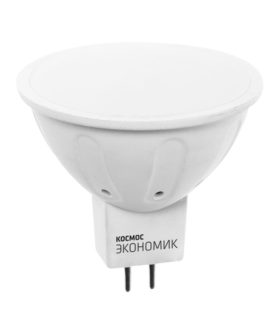
The base is made of ceramics; wires are placed in it, enclosed in a protective sheath. Electrical devices are used at a voltage of 12 or 24 V. They are connected to the electric main by special terminal blocks.
Use such electrical parts to replace low-voltage halogen lamps. The contacts are spaced 5.33 mm apart.
G13 and G23
They are mounted only in LED lighting elements such as T8, LSP and Armstrong. The spacing between contacts is 1.3 cm.
G23 units fit into U-shaped lamps. The design is additionally equipped with a starter. The launch takes place thanks to the throttle, which is located in the body of the lighting device. The power ranges from 5 to 14 W, and is most often screwed into table lamps.
Application of threaded and pin plinths
LED lamps are available with pin and threaded caps. The table shows the markings.
| Threaded | Pin |
|
|
Rare holders
Some types of construction are extremely rare. These include recessed contact devices.
Features of rare types of plinths
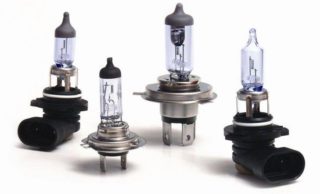
Characteristics of rare constructions:
- Recessed contact is identified by the “R” mark. Used for small lamps.
- Telephone type marked "T". Used in lamps that are used as backlighting on panels of household appliances and cars.
- Soffit plinths with "S" marking. There are several types of structure structures - they can be located both on one side of a tubular lighting device, or on two. They are usually used to illuminate mirrors in bathrooms and car interiors.
- Fixing models marked "P" are most often installed in spotlights, lanterns and film projectors. Visually and in terms of design features, they are similar to soffit devices.
In Europe, KM type bulbs with smaller dimensions are used.
Cable and glass modifications
The range of LED lamps is diverse, there are also so-called baseless designs. The devices are equipped with plinths, only it is glass, like the lamp itself. Its base is equipped with current leads, through which there is a reliable contact with the cartridge and current-carrying conductors. The numbers indicated in the marking indicate the thickness of the glass.
Cable sockets are extremely rare and are mainly used in projector lamps.
How to decipher the marking
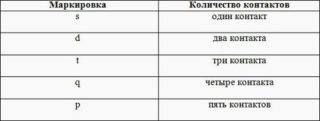
I decipher the symbols that classify socles into types as follows:
- R - Legacy model with recessed contact.
- F - equipped with one pin.
- S - soffit.
- B - pin or bayonet.
- a - a pin, which is characterized by a cylindrical shape.
- b - has a grooved contact.
- c - indicates the original shape of the pin.
At the end, numbers are always indicated, which indicate the diameter of the connecting part or the spacing between the contacts.
How to choose the right base
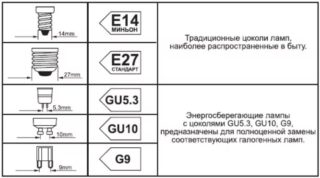
When buying a lamp, you should be aware of the following points:
- The G9 LED bulb is designed for 220V only.
- If the electrical circuit is additionally equipped with dimmers and electronic switches, do not use small lamps such as E27 and E14.
In order not to be mistaken in choosing a pin base, it is recommended not to dispose of a burned-out lamp, but to go to the store for a new one with it.
When working with electricity and electrical appliances, it is important to observe personal safety precautions. First of all, the room is de-energized and the output voltage is checked with an indicator screwdriver.

